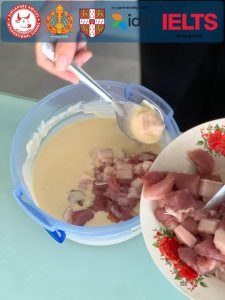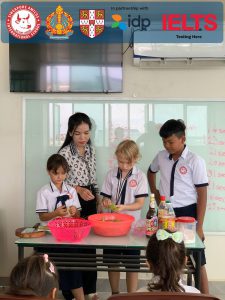Introducing cooking lessons to primary students is an excellent way to instill essential life skills, foster independence, and cultivate an appreciation for healthy eating from an early age. When teaching cooking to younger children, the approach is fundamentally different compared to adults or older students, with a stronger emphasis on safety, simplicity, and fun. Here are some considerations and tips for conducting cooking lessons for pri

mary students:


Cooking lessons for primary students not only teach them how to prepare simple dishes but also impart valuable life skills
